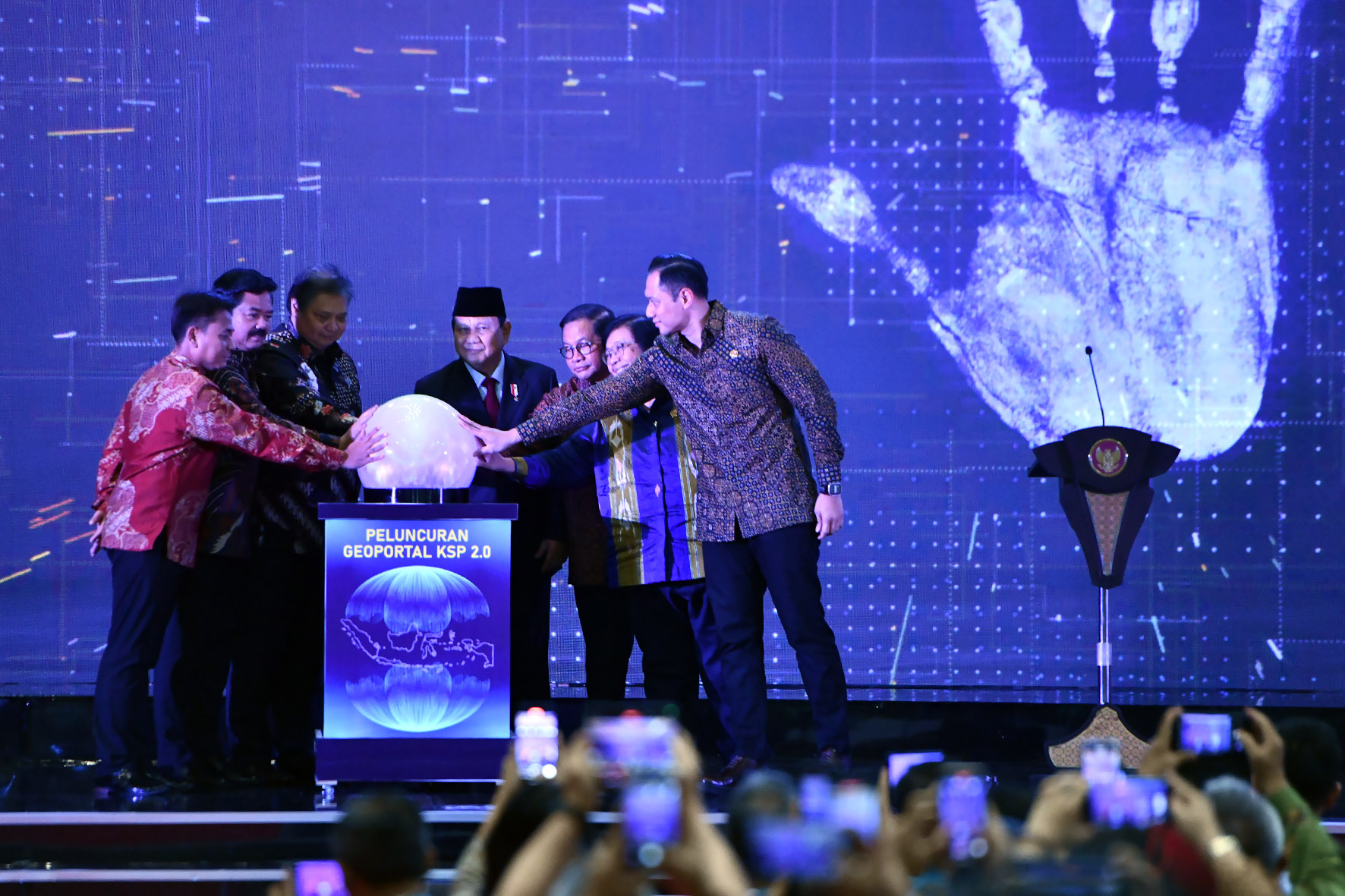Indonesia has over 443.2 GW renewable energy potential: Research

Jakarta (Indonesia Window) – A think-tank in the field of energy and environment, Institute for Essential Services Reform (IESR), has launched a technical potential map of Indonesia’s renewable energy entitled ‘Beyond 443 GW Indonesia’s infinite renewable energy potentials’.
IESR’s Director Fabby Tumiwa said, Indonesia’s General National Energy Plan showed that the country has 443.2 gigawatts (GW) of renewable energy potentials. However, the data have not been updated since 2014 as the potential of Indonesia’s renewable energy is actually much bigger.
“The incomplete data on the potential for renewable energy would affect the perspective, strategy and decision making regarding the use of renewable energy in Indonesia,” he said in a statement here on Tuesday (Oct. 26).
Fabby explained that the old data would make the government and business actors not optimal in planning the energy transition and formulating policies to accelerate the use of renewable energy in Indonesia.
According to him, updating data is very important in planning Indonesia’s energy transition.
IESR uses a geographic information system (GIS) to update data on the technical potentials of solar, wind and hydro in Indonesia, by considering the natural variability and intermittent of these three types of renewable energy.
In addition, IESR also examines the potential of biomass and pumped hydro energy storage (PHES). The result shows that Indonesia has a total technical potential of solar, wind, hydro and biomass energy of 7,879.43 GW and 7,308.8 GWh for PHES.
Biomass and PHES could be used as complementary sources to overcome intermittent and variability issues of solar, wind, and hydro energy.
According to the senior researcher and main author of the Beyond 443 GW study on Indonesia’s infinite renewable energy potentials, Handriyanti Diah Puspitarini, the IESR calculations show that the biomass potential in the country reaches 30.73 GW, but its efficiency has only been 20-35 percent, so it requires PHES.
If this potential has been utilized optimally, it would be able to meet all energy needs in Indonesia.
On the other hand, the study on decarbonization of the energy system in Indonesia which was conducted by IESR and published last May projected that energy capacity demand reaches 1,600 GW by 2050.
Indonesia could meet that electricity needs of 1,600 GW from 100 percent of renewable energy, and achieve zero emissions by 2050.
Based on the study, the main contribution of energy comes from 1,492 GW of solar photovoltaic or 88 percent of the primary energy mix, 40 GW of hydropower, and 19 GW of geothermal supported by optimal storage capacity.
“This renewable energy potential map could be further developed by considering costs, thus providing a clearer picture to stakeholders about the optimal location of renewable energy to be developed,” explained Handriyanti.
Reporting by Indonesia Window










